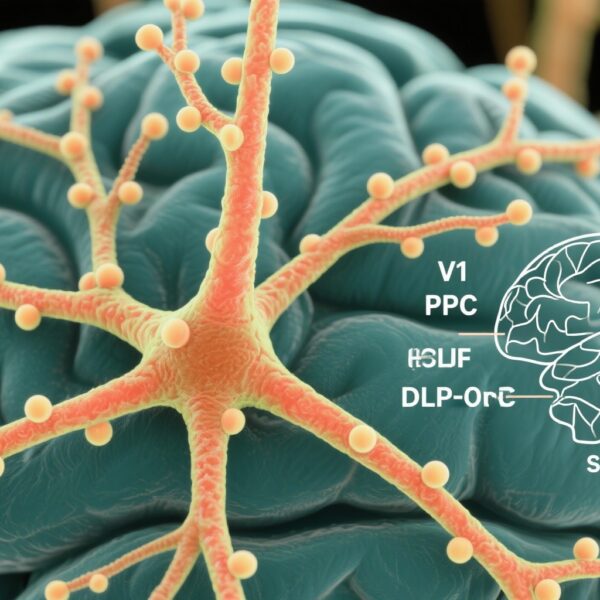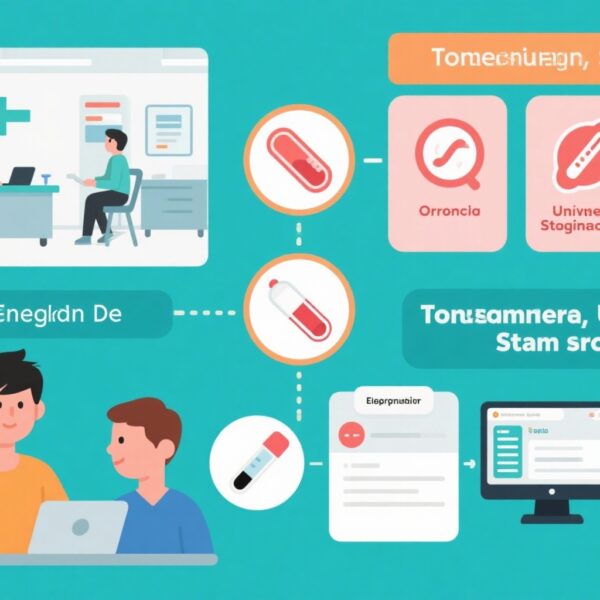Highlight
This extensive network meta-analysis comprising 49 randomized clinical trials (RCTs) evaluated digital health interventions in pediatric perioperative care and revealed that virtual reality (VR), 2-dimensional (2D) videos, and 2D games significantly reduce preoperative anxiety and postoperative pain, while also improving induction compliance in children undergoing surgery under general anesthesia.
These findings support integrating digital distraction tools into standard pediatric perioperative protocols to enhance patient experience and potentially improve clinical outcomes.
Study Background
Pediatric surgical patients frequently experience substantial perioperative challenges, including heightened anxiety and pain. Such psychological distress can complicate anesthesia induction, increase postoperative pain perception, and prolong recovery times. Traditional pharmacological approaches, such as using midazolam, while effective, carry risks of sedation and other adverse effects.
Digital health interventions—such as VR, interactive games, and videos—represent promising nonpharmacological strategies to distract and calm children during the perioperative period. Despite their growing use, comparative efficacy and optimal modalities remain uncertain, necessitating robust, evidence-based evaluations.
Study Design
This study conducted a frequentist network meta-analysis incorporating data from PubMed, Embase, Web of Science, CENTRAL, and CINAHL databases up to March 1, 2025. It synthesized 49 RCTs involving 4535 pediatric patients (mean age 7.42 years; 65.9% male) undergoing surgery with general anesthesia. Seven intervention categories were analyzed: virtual reality (VR), 2D games, 2D videos, interactive robots, midazolam, standard control care, and enhanced control care (e.g., educational booklets).
Primary outcomes assessed included pediatric preoperative anxiety, postoperative pain, emergence delirium, and induction compliance. Secondary outcomes included parental preoperative anxiety and postoperative satisfaction. Statistical analysis utilized random-effects models to compute standardized mean differences (SMDs) or mean differences (MDs) with 95% confidence intervals (CIs), ranked by P values. Risk of bias was appraised using the Cochrane risk of bias tool 2, and evidence certainty was graded per GRADE guidelines.
Key Findings
Preoperative Anxiety: Compared to standard care, VR (SMD -1.14; 95% CI -1.54 to -0.74) and 2D videos (SMD -1.08; 95% CI -1.51 to -0.65) demonstrated moderate-certainty evidence in significantly reducing preoperative anxiety. 2D games (SMD -1.02; 95% CI -1.54 to -0.49) and enhanced control (SMD -0.83; 95% CI -1.53 to -0.13) also reduced anxiety but with low certainty.
Postoperative Pain: VR showed the greatest efficacy (SMD -1.09; 95% CI -1.58 to -0.59; moderate certainty), followed by 2D games (SMD -0.87; 95% CI -1.62 to -0.12; low certainty) and 2D videos (SMD -0.56; 95% CI -1.06 to -0.06; moderate certainty) in lessening postoperative pain scores.
Induction Compliance: VR was associated with the most pronounced improvement in anesthesia induction compliance (MD -0.93; 95% CI -1.62 to -0.24; moderate certainty), indicating better child cooperation during induction.
Other Outcomes: No significant differences from control were observed for emergence delirium, parental preoperative anxiety, or postoperative satisfaction, suggesting these domains may require additional targeted interventions.
Safety Profile: The analysis did not report notable safety concerns related to digital interventions, consistent with their noninvasive nature.

Expert Commentary
This comprehensive network meta-analysis offers important insights into pediatric perioperative care by validating digital health tools as effective nonpharmacological interventions to reduce distress and pain. VR’s immersive experience likely underpins its superior efficacy, providing a multisensory distraction that engages attention more fully than traditional 2D media.
Limitations include heterogeneity in intervention protocols and variable outcome measurement tools across studies. The low certainty ratings for some comparisons necessitate cautious interpretation, and further large-scale, standardized trials would enhance evidence robustness.
From a mechanistic standpoint, distraction reduces the cognitive evaluation of threat and pain, thereby modulating stress and nociceptive pathways. Integrating such interventions can improve patient experience without sedative risks.
Conclusion
This analysis substantiates that VR, alongside 2D videos and games, can effectively reduce pediatric perioperative anxiety and pain while enhancing anesthesia induction compliance. These digital modalities provide promising adjuncts or alternatives to pharmacological anxiolytics and warrant broader clinical adoption in pediatric surgical pathways. Future research should refine intervention parameters and explore long-term outcomes including behavioral impacts and parental anxiety mitigation.
Reference:
Luo Z, Zhou R, Nong K, Peng X, Chen L, Li P, Deng S, Ou M, Hao X, Ye L, Wang Y, Chen G, Li S, Zhu T. Digital Health Interventions in Pediatric Perioperative Care: A Network Meta-Analysis. JAMA Pediatr. 2025 Sep 15:e253099. doi: 10.1001/jamapediatrics.2025.3099 . Epub ahead of print. PMID: 40952714 ; PMCID: PMC12439185 .



